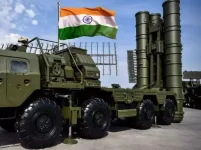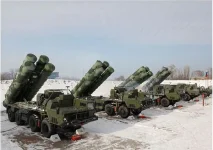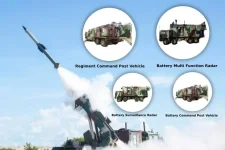- Views: 2K
- Replies: 10
Hindustan Aeronautics Limited (HAL) has been entrusted with developing a suite of advanced avionics and onboard systems for India's upcoming Tejas Mk2 fighter jet.
This development marks a significant step in the nation's push for self-reliance in critical defence technology and is essential for establishing the aircraft as a true 4.5+ generation combat platform for the Indian Air Force (IAF).
The Tejas Mk2 is engineered to be a far more formidable aircraft than its predecessor, the Tejas Mk1A. It is designed as a heavier, more powerful multi-role fighter, featuring a longer fuselage, a more powerful General Electric F414 engine, and a greater payload capacity.
The new indigenous systems being developed by HAL are central to unlocking the full potential of these airframe and engine upgrades, enhancing the jet's overall performance, safety, and mission effectiveness.
Among the critical components being indigenously developed is the integrated Environment Control & Fuel Monitoring System – Electronic Unit (ECFM-EU). This sophisticated unit will act as the aircraft's central hub for managing the pilot's life support systems—including cabin pressurisation and cockpit air-conditioning—while also overseeing the complex fuel system.
By ensuring optimal fuel distribution and consumption, the ECFM-EU is vital for pilot safety and extending the aircraft's endurance during demanding combat missions. Its in-house development reduces dependency on foreign suppliers and simplifies maintenance.
To ensure superior navigation and operational safety, HAL is also developing several key systems. These include a new Radio Altimeter (RAM) for precise altitude measurement during low-level flight and landing, a VHF Omni-Range/Instrument Landing System (VOR/ILS) for accurate guidance in poor weather, and a Tactical Air Navigation System (TACAN).
The TACAN provides secure, military-grade directional and distance data to the pilot, a crucial capability for maintaining positional awareness in a contested battlefield.
This push towards indigenisation aligns with India's broader 'Aatmanirbhar Bharat' (Self-reliant India) policy in the defence sector. By tasking HAL with the creation of these complex avionics, India is building domestic expertise and securing its supply chain for future aerospace projects.
According to the current timeline, the prototype for the Tejas Mk2 is expected to be rolled out by 2026. Once inducted, the aircraft will serve as a vital bridge in the IAF's fleet between the Tejas Mk1A and the nation's future fifth-generation stealth fighter, the Advanced Medium Combat Aircraft (AMCA).




